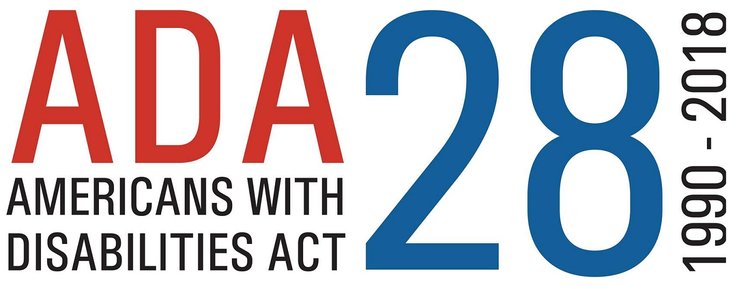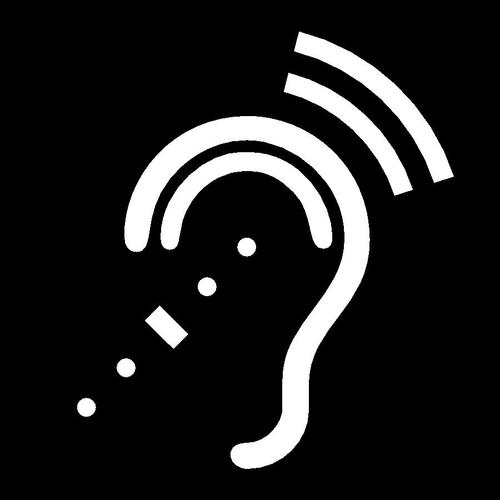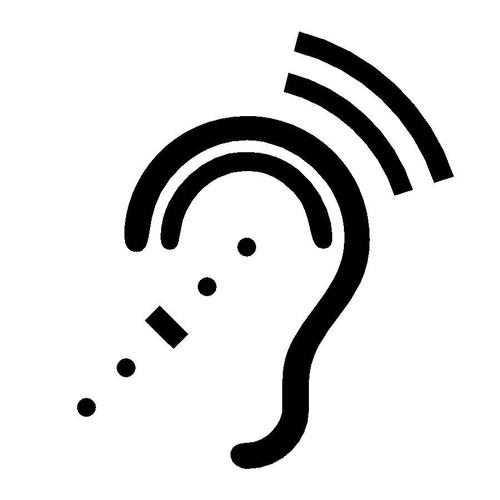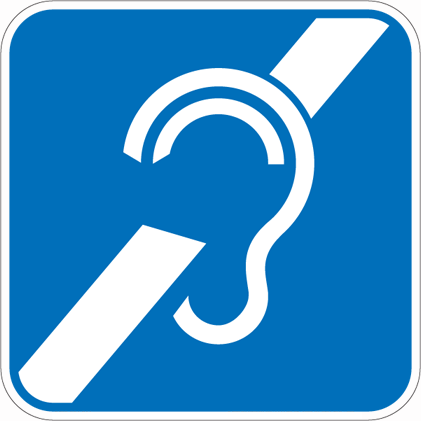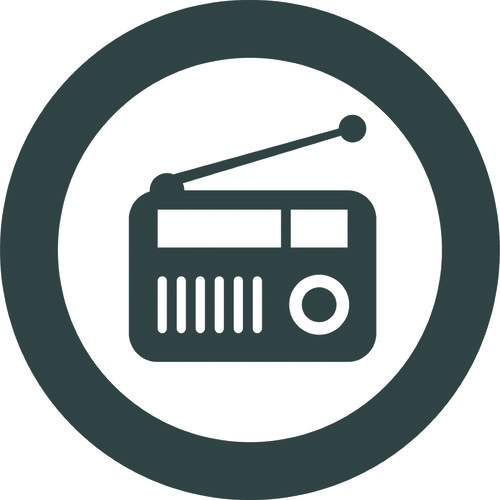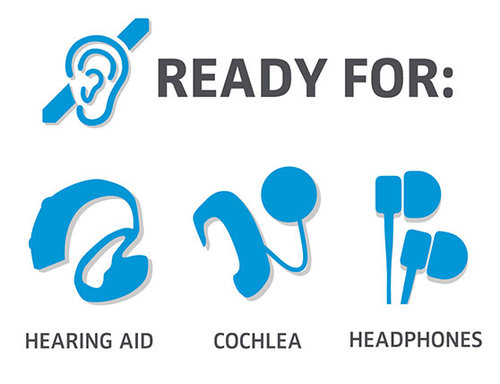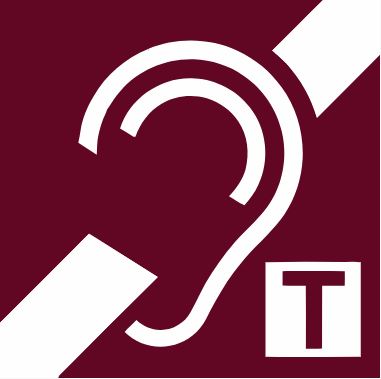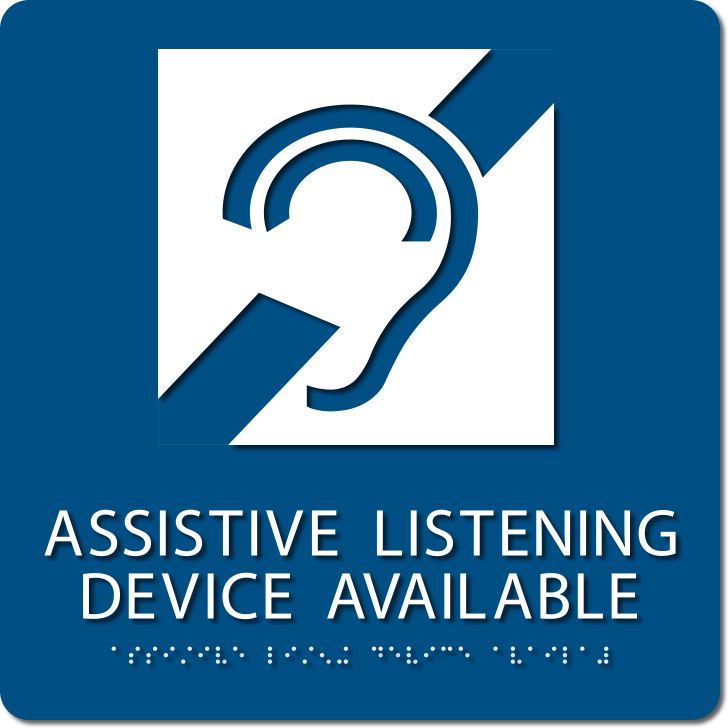In 2010, new standards for the ADA became law (these standards took full effect on March 15, 2012, mandatory for all new construction or renovations). The following are highlights of the changes, specifically for assistive listening systems and include new technologies to meet the guidelines:
An assistive listening system shall exist in assembly areas where audible communication is integral to the space. This means that any space where people gather (a boardroom, a banquet hall, a classroom, or a movie theater) is required to have an assistive listening system. Assistive listening must cover the entire space of the venue, not just one area.
· Assistive Listening is required where there is amplified sound. A system needs to be present if there is a microphone and/or speakers. Courtrooms must have assistive listening systems, even without amplified sound.
· In the original standards, the number of assistive listening devices was 4 percent of seating capacity. With the new standards, the number of receivers scales to match the total occupancy of the venue.
· Receiver Hearing-Aid Compatibility: A percentage of receivers are required to be hearing-aid compatible and interface with telecoils in hearing aids. This accommodates via neck loop technology with RF or IR assistive listening systems.
*There are certain states that use building codes that outline different standards for assistive listening than the ADA. For example, California uses the California Building Code (CBC) to define the standards for assistive listening requirements throughout the state.
Under the ADA, an assembly area defines as a building or facility, or a portion thereof that utilizes for the purpose of entertainment, education, civic gatherings, or similar purposes. Specific assembly areas include, but are not limited to: classrooms, lecture halls, courtrooms, public meeting rooms, public hearing rooms, legislative chambers, motion picture houses, auditoria, theaters, playhouses, dinner theaters, concert halls, centers for the performing arts, amphitheaters, arenas, stadiums, grandstands, or convention centers.
Required Number of Receivers—the chart below shows the specific number of receivers required based on seating capacity. If an area has an induction loop, hearing aid compatible receivers are not required, but they are required to provide the minimum as outlined in the chart.
Hearing Aid Compatible Receivers—a receiver is hearing aid compatible when it works with a telecoil installed in a hearing aid or cochlear implant. Improvements in technology increase options for hearing aid compatible receivers, including neck loop in lanyard technology, allowing the sound to transmit from the lanyard directly to the cochlear or telecoil implant. Seventy percent of hearing aids and cochlear implants are equipped with telecoils.
Signage—a critical component of compliance is signage pinpointing the availability of ALD’s. Sites are required to post signs including the international symbol of access to an assistive listening system.



